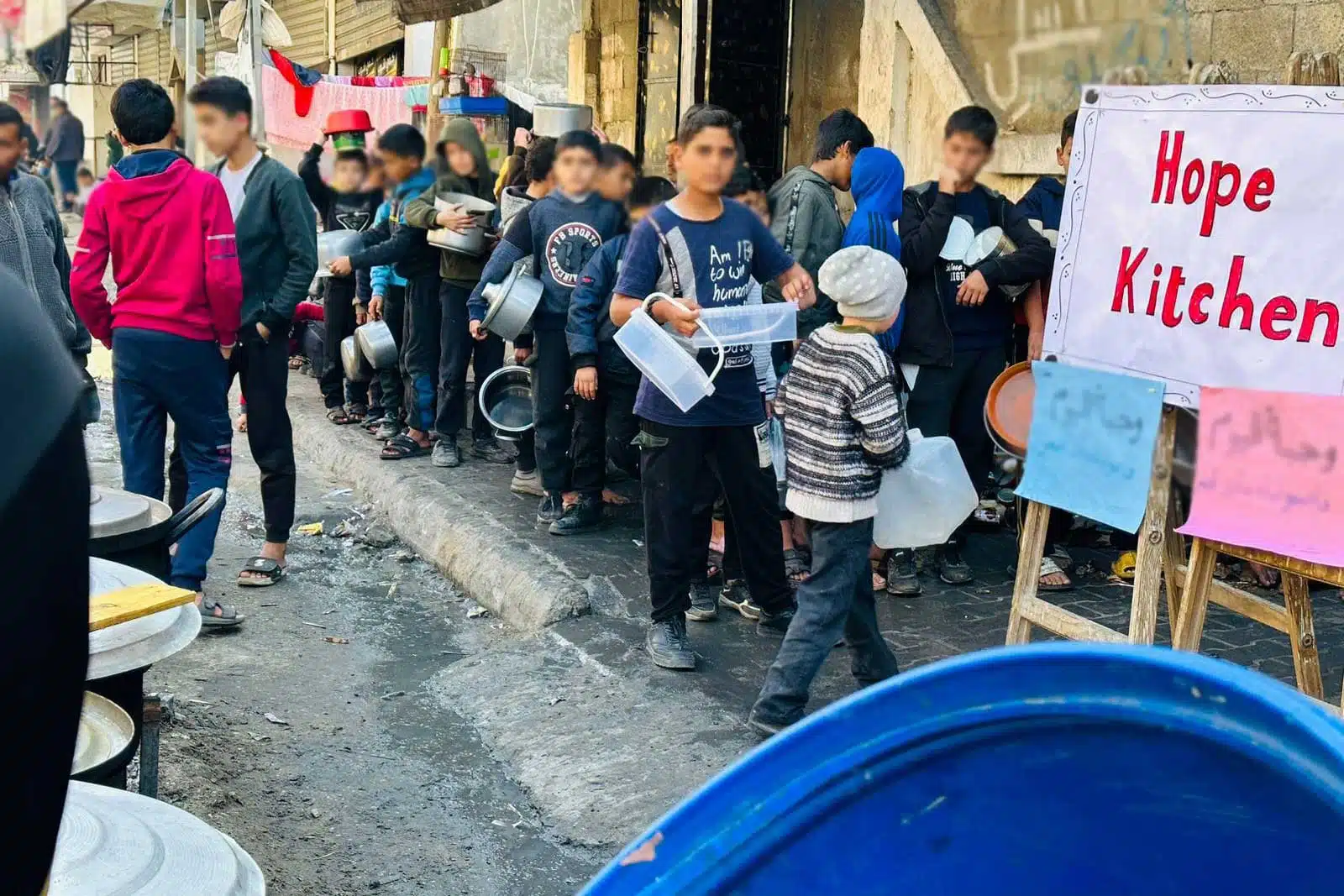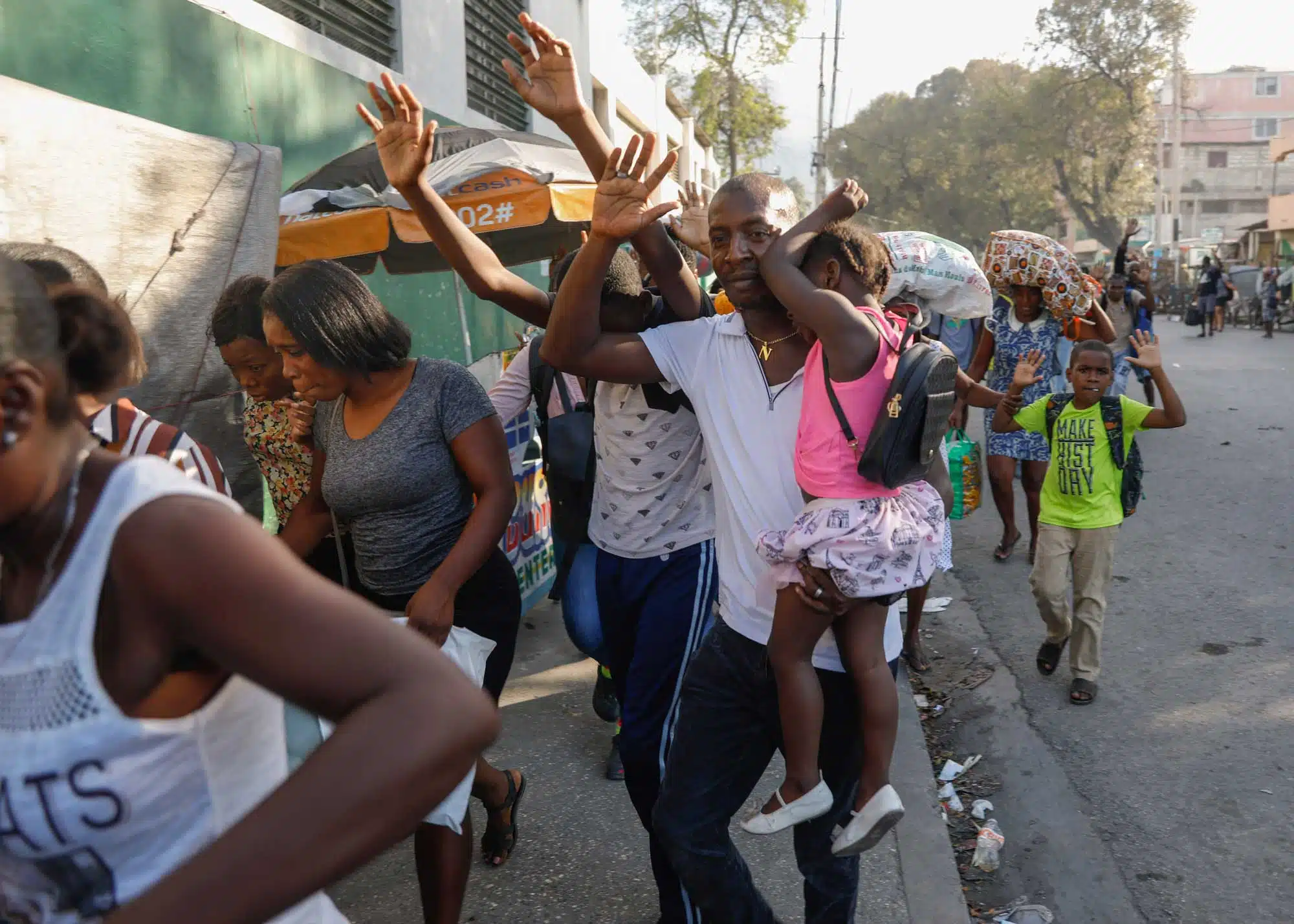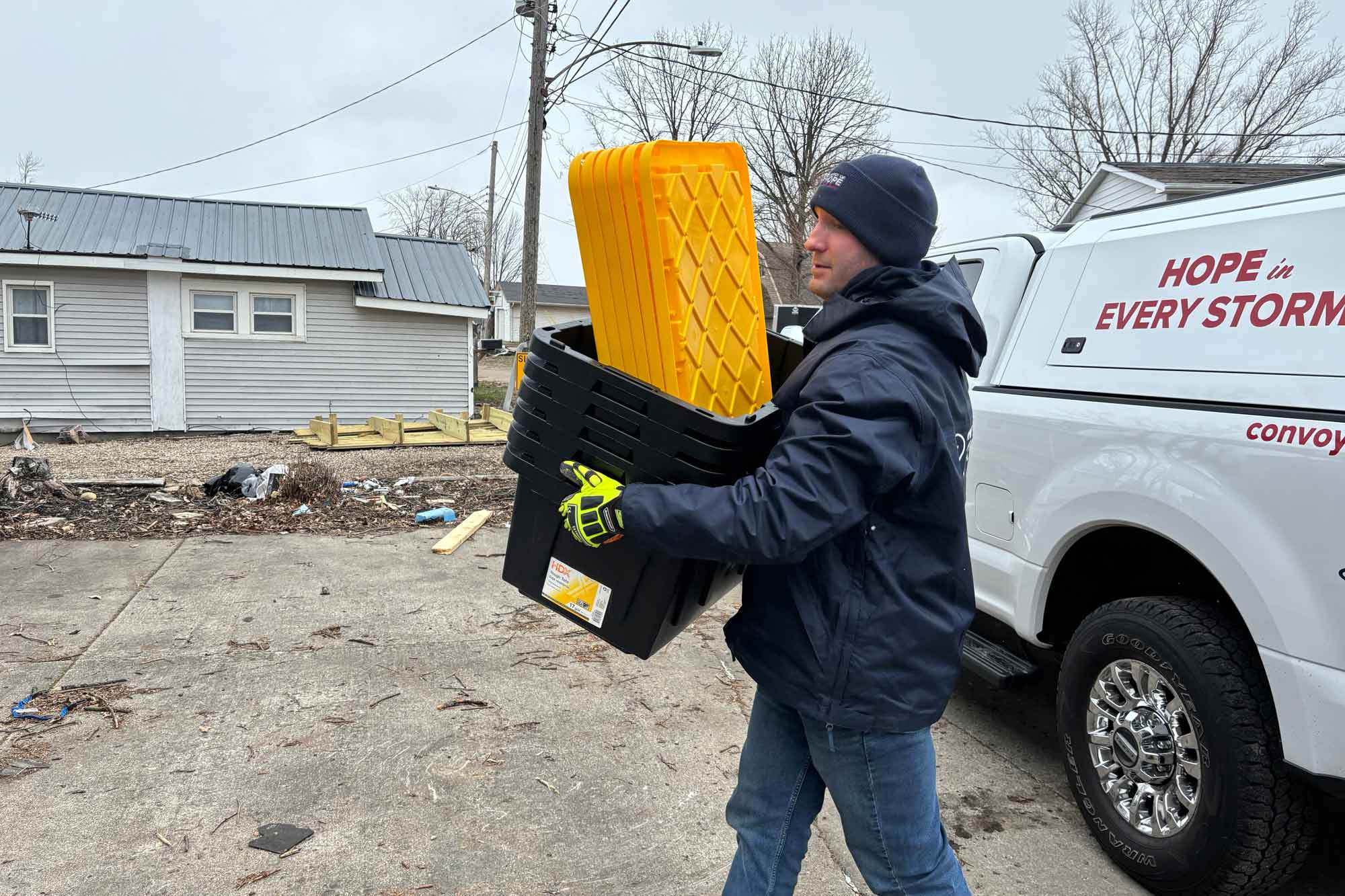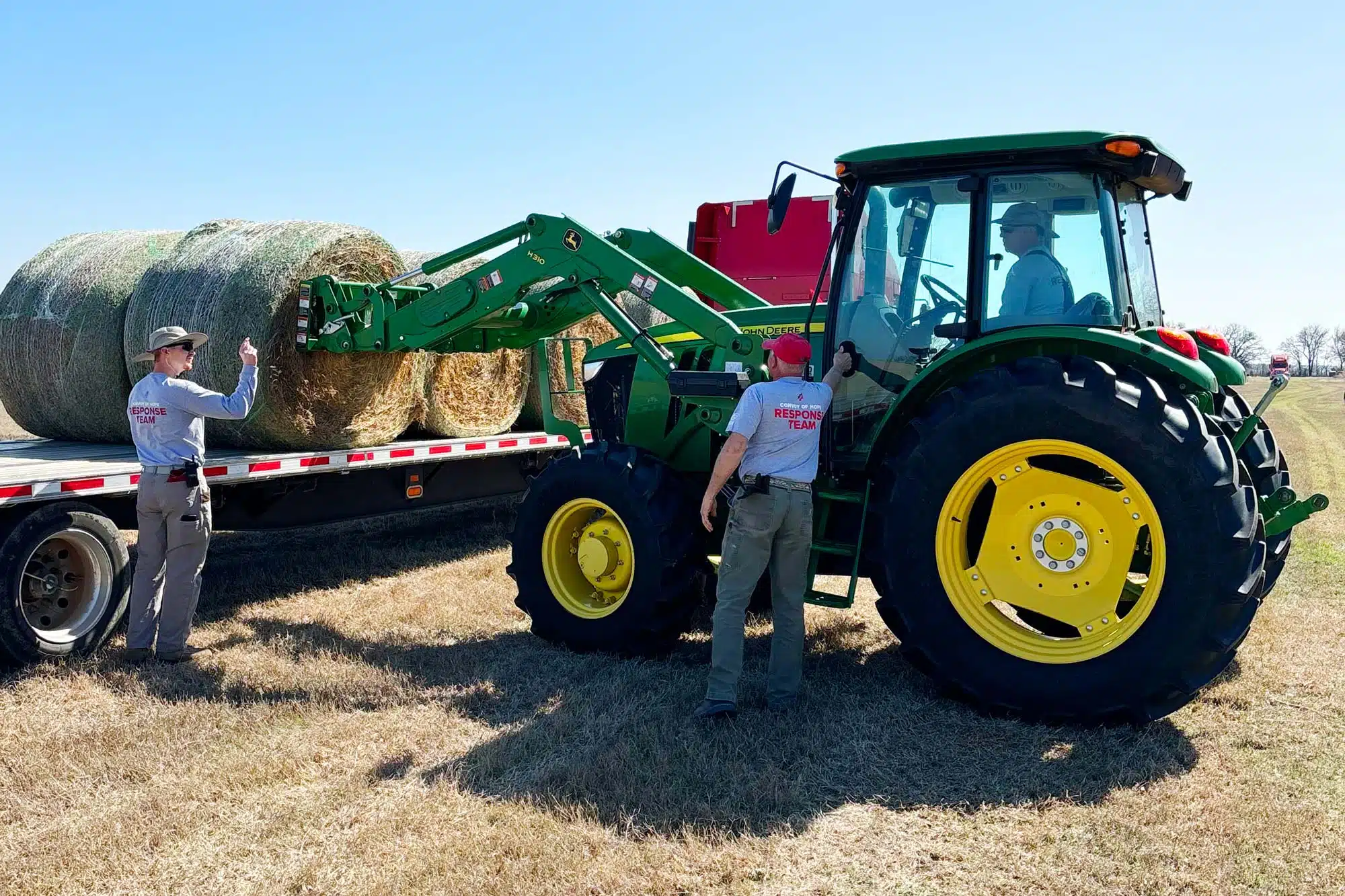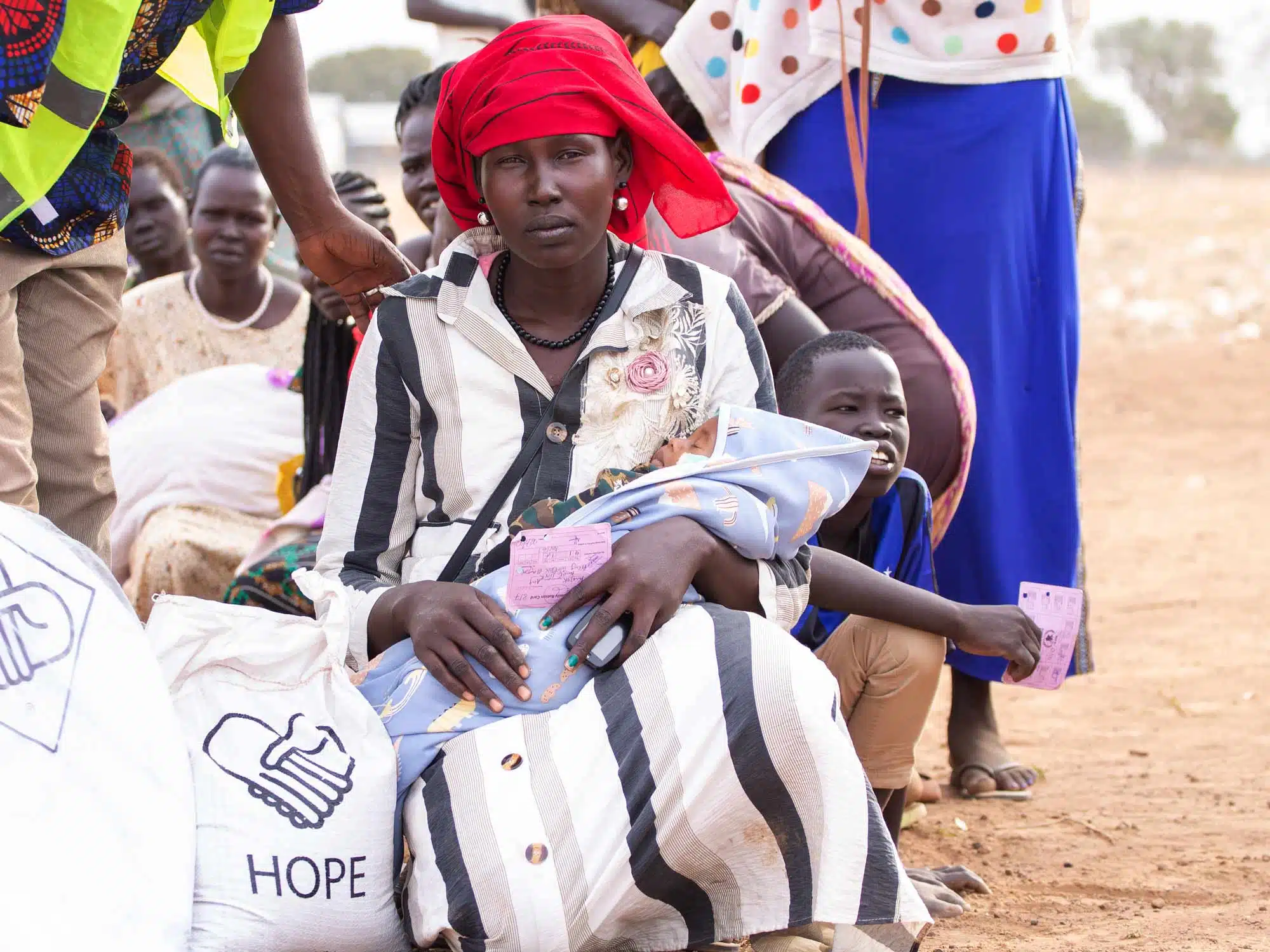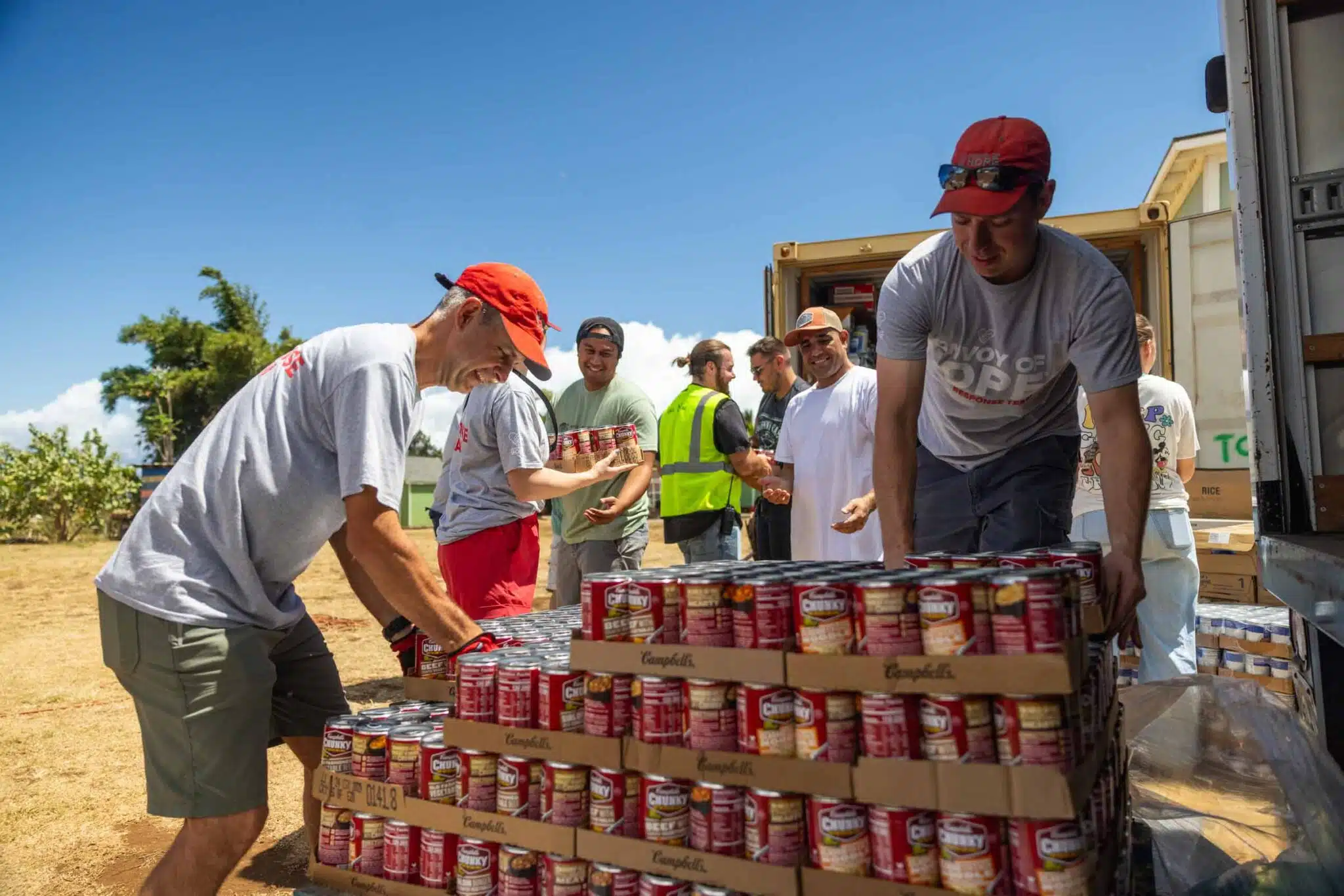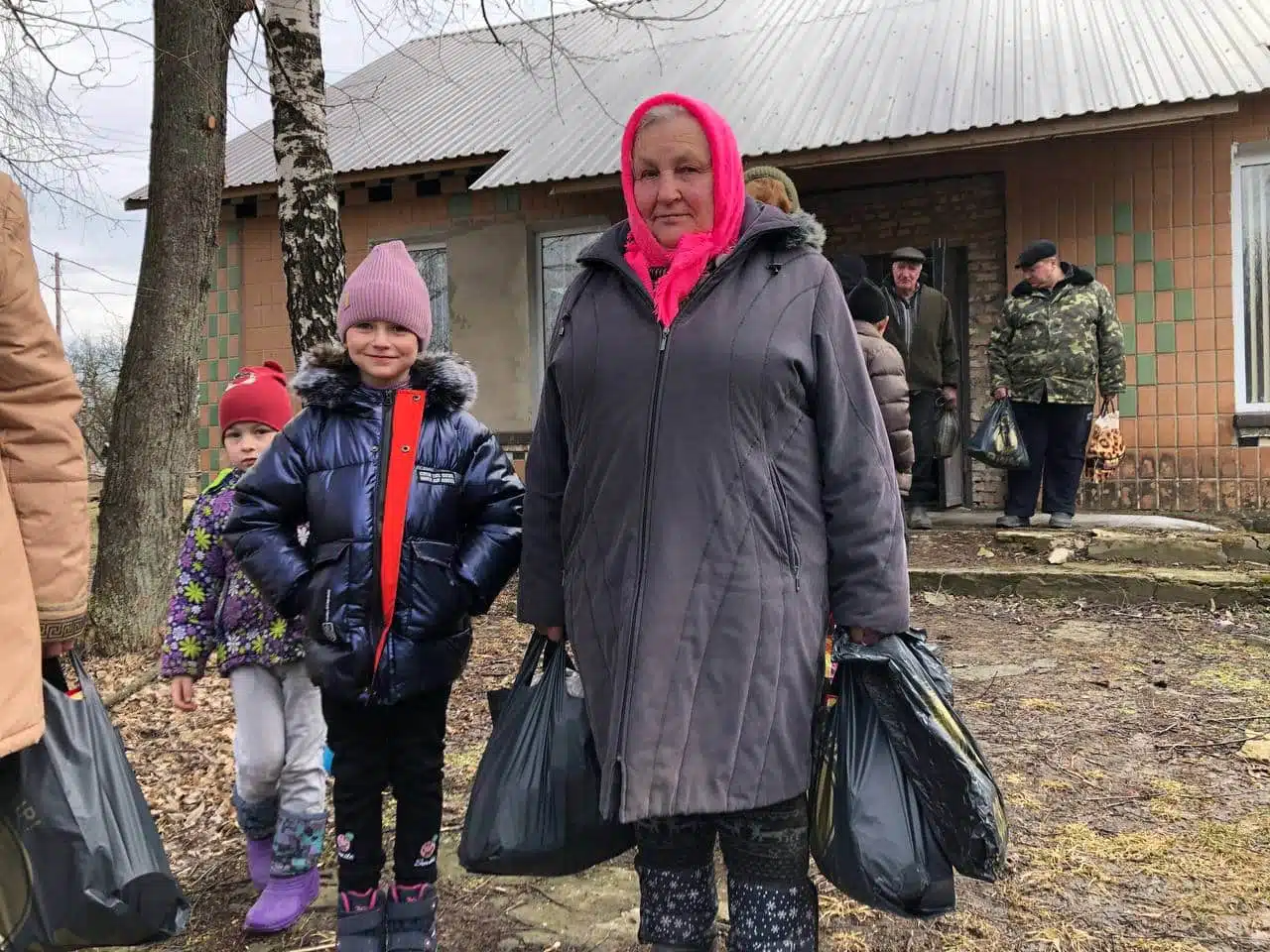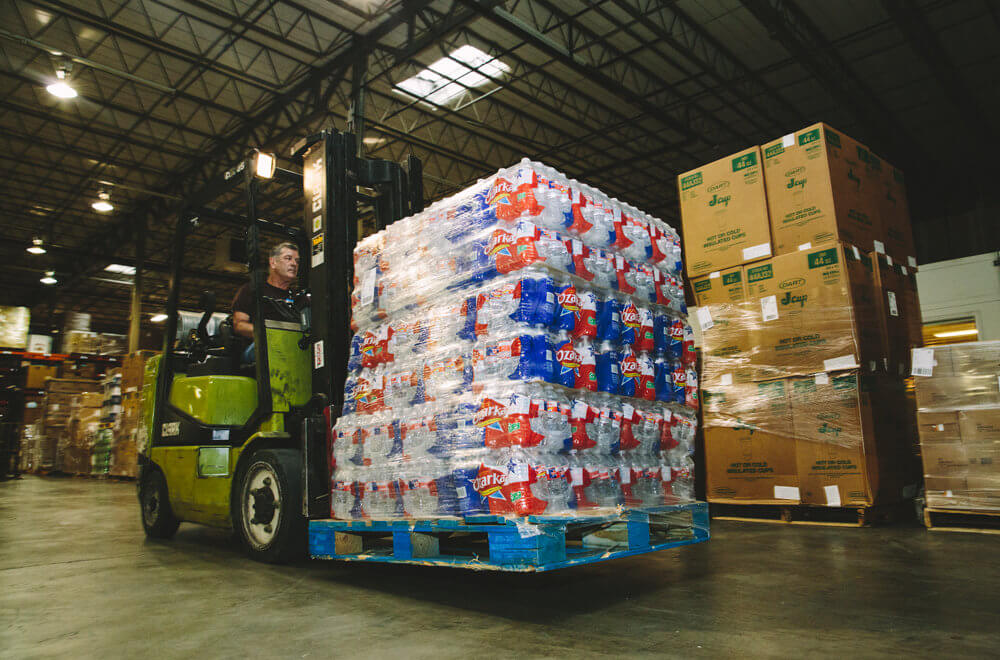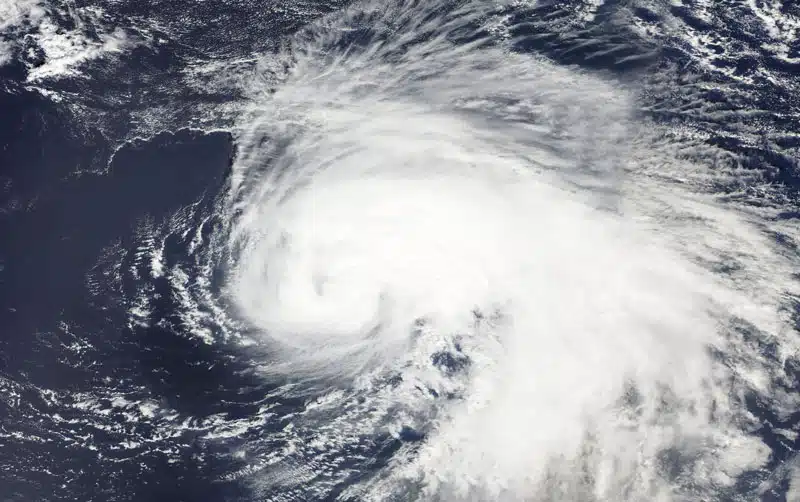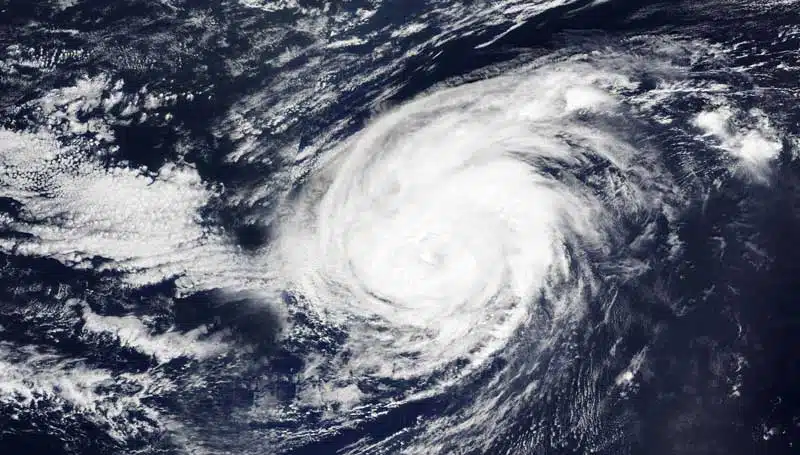With each annual hurricane season, many weather hobbyists research the history of named cyclones in their part of the world. During the Atlantic hurricane season, the World Meteorological Organization uses one of six official lists of names maintained and rotated in sequence. You can see the current lists here. Lee was the 12th name on the list for 2023.
Lee’s predecessor on the list had been Lenny, a name that was retired in 2000. Names are permanently retired from the list when a storm is especially powerful and destructive.

In 1999, Hurricane Lenny reached Category 4 strength in a hurricane season that would include five such storms, the most in a single season since 1886. With 17 deaths and significant destruction across the Caribbean caused by the hurricane, a name change was in order.
Since Lee took Lenny’s place on the list in 2005, the name has been given to a tropical storm in 2005 and 2011 and a hurricane in 2017 and 2023.
When Lee become a major Category 5 hurricane in 2023, with top sustained wind speeds of 165 mph, you might have expected that peak designation to force its retirement from the list. But as powerful as that Category 5 system was, it reached peak intensity while far out to sea. As it approached Bermuda, the U.S. East Coast, and Canada, it lost hurricane status completely.
So, what does it take for a weather system to be given a name from the annual list? Named storms are tropical cyclones — rotating, organized systems of clouds and thunderstorms that originate over tropical or subtropical waters and have closed low-level circulation.
Early in a cyclone’s development, as a tropical depression, wind speeds are less than 39 mph. Tropical depressions are not given names but are numbered and tracked in case they grow into tropical storms or hurricanes. In 2023, Lee’s classification as a tropical storm and the release of its name occurred when its sustained wind speed reached 39 mph. When that speed reached 74 mph, Lee became a named hurricane.
When Was Hurricane Lee?
It’s not unusual for people to research previous storms that carried the name of a current storm.
Perhaps you’ve asked yourself, “When did Hurricane Lee hit?” or “What year was Hurricane Lee?”
If you research weather records globally, you’ll discover that “Lee” has been the name of eight tropical cyclones, including:
- • Two from the 1980s in the Western Pacific that hit the Philippines and North Korea respectively.
- • A third storm from that era came close to Okinawa.
- • In 2007, Tropical Storm Lee-Ariel remained at sea near Indonesia.

In the Atlantic, four tropical storms were named Lee in 2005, 2011, 2017, and 2023. In 2017, Tropical Storm Lee gained sufficient strength to become Hurricane Lee. 2023’s Hurricane Lee become a major Category 5 storm on September 7. As Lee moved north of the Leeward Islands, it weakened to a Category 3.
Where Did Hurricane Lee Hit?
In 2017 Hurricane Lee circulated through the Atlantic throughout its life cycle. It became a Category 1 hurricane and eventually grew to a Category 3 storm, all without impacting land.
Among the storms named Lee, 2011’s Tropical Storm Lee reached the U.S. Gulf Coast and caused both water and fire damage.
Record rainfall from Louisiana all the way to New York brought flooding. High winds in areas with little rainfall, primarily in Texas, expanded existing wildfires that destroyed many homes and other buildings.
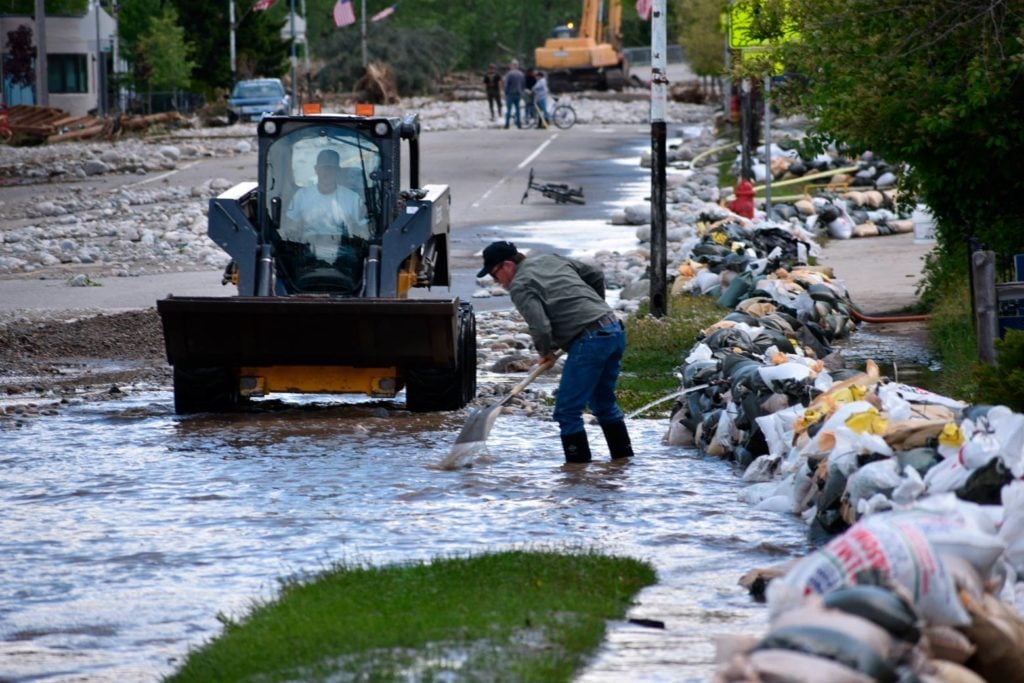
In 2023, Lee passed north of the Leeward Islands and Puerto Rico and continued north into the Atlantic. By September 14, Lee was downgraded to a Category 1 hurricane as it passed west of Bermuda. The island suffered tropical storm conditions, and more than 11,000 people lost power.
As Lee moved further north it lost hurricane status when it made landfall September 16 on Long Island and Nova Scotia. Overnight on September 17 it crossed New Brunswick and Prince Edward Island and moved toward Newfoundland.
What Category Was Hurricane Lee?
Hurricane Lee in 2017 reached Category 3 status with a peak sustained wind speed of 115 mph. 2023’s Hurricane Lee reached Category 5 status on September 7, with top wind speeds of 165 mph before slowing to a Category 3. It was no longer a hurricane by landfall.
What Time Will Hurricane Lee Make Landfall?
Similarly named historic hurricanes do not influence each other. If you’re researching “What time did Hurricane Lee make landfall?” during previous storms, you won’t find any information that will help you prepare for a current storm.
2023’s Lee slowed to tropical storm status before making landfall. However, heavy rainfall and rough surf conditions resulted.
If a cyclone is predicted to reach your region, you should be aware of the predicted landfall. It is important not to make the mistake of waiting until the last minute to reach a safe area.
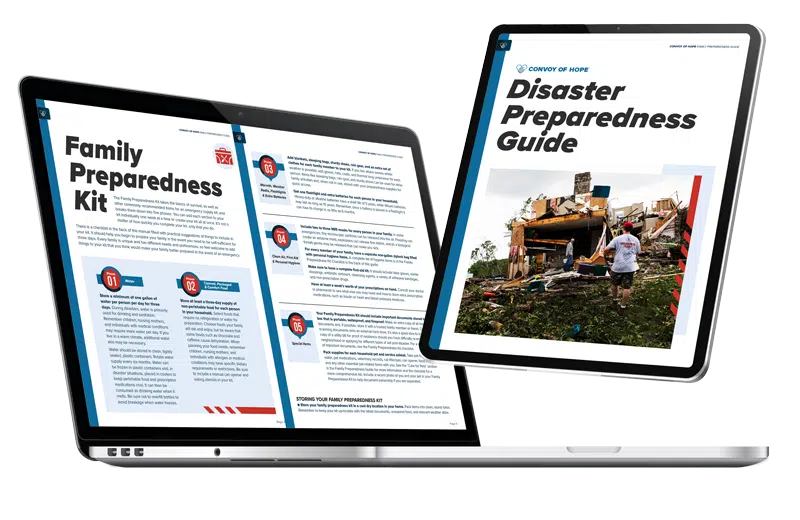
The Power of Preparedness
Ensure your family is protected in the face of unexpected challenges with our Disaster Preparedness Guide.
Topics Include:
— Family Communication Plan
— Evacuation Plans
— Care for Pets
— Weather Monitoring
Download Our Disaster Preparedness Guide!
Start your journey to preparedness now and download the guide to learn practical steps for facing any disaster confidently.
"*" indicates required fields
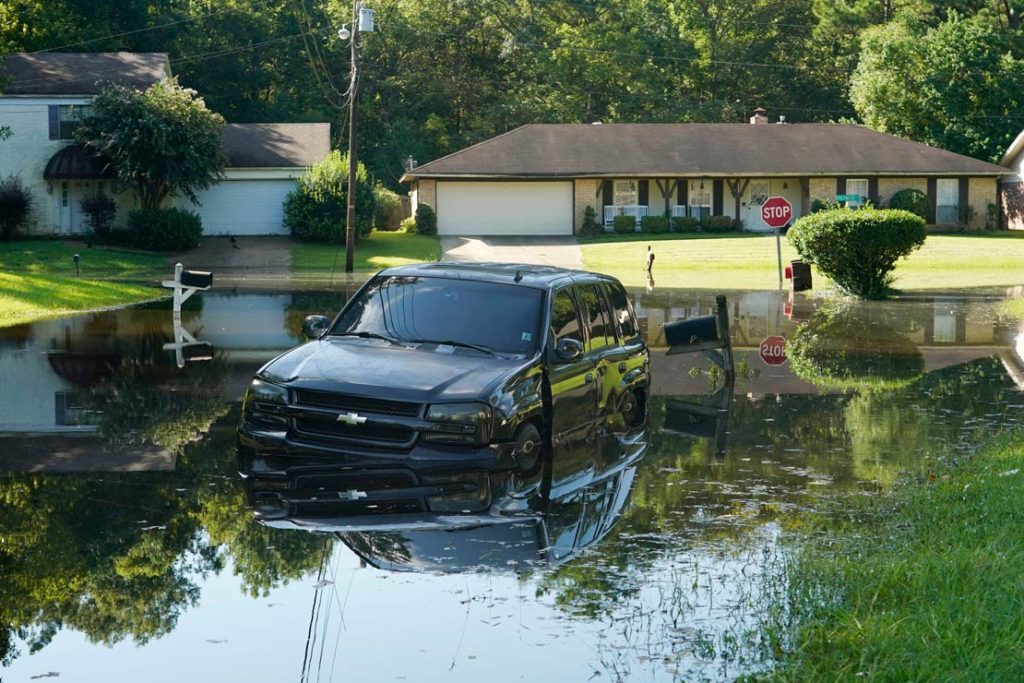
How Many People Died in Hurricane Lee?
Hurricane Lee caused no loss of life in 2017; throughout its development and dissipation it remained over the Atlantic Ocean.
In 2011, Tropical Storm Lee’s rough surf killed one swimmer in Alabama.
Flooding in New York connected with the storm took two lives, and four deaths in Northern Virginia were attributed to swollen waterways from record rainfall.
In 2023, a death and a missing person were attributed to rough surf and rip currents caused by Lee off the east coast of the U.S.
What Was the Path of Hurricane Lee?
Hurricane Lee in 2023 began to grow from a tropical wave moving off the coast of West Africa. It became a Category 1 storm on Wednesday, September 6. By the evening of September 7, it had developed into a Category 5 storm. Lee did not make landfall as a hurricane. However, along the U.S. Northeast region and as far as Canada Lee brought heavy rainfall dangerous tides and currents.
Hurricane Lee in 2017 also began to grow from a tropical wave moving off the coast of West Africa on September 13. Over the next two weeks it moved west and northwest before achieving Category 3 strength on September 27. As it curved northeast, Lee gradually dissipated until it was absorbed by another extratropical cyclone on October 1.
Convoy of Hope Hurricane Response
Convoy of Hope is a faith-based nonprofit organization with a long history of helping communities after natural disasters.
After a hurricane is named, Convoy’s Disaster Services team follows weather updates closely. Days ahead of a predicted landfall, loaded trucks leave Convoy’s World Distribution Center and head toward the affected region.
Once the danger has passed and a community’s needs become clear, one or more distribution points will be set up using the resources trucked in.
As just one example, after Hurricane Ian smashed across central Florida on September 28, 2022, with sustained winds of 155 mph, Convoy of Hope served more than 17,000 survivors with the help of nearly 500 volunteers.
At recovery events like these, Convoy might use the services of insurance specialists and mental health professionals to provide legal aid, talk people through insurance difficulties, and offer emotional care.

Convoy of Hope responds to natural disasters around the world, offering help and hope to people facing some of the most challenging circumstances in their lives.
